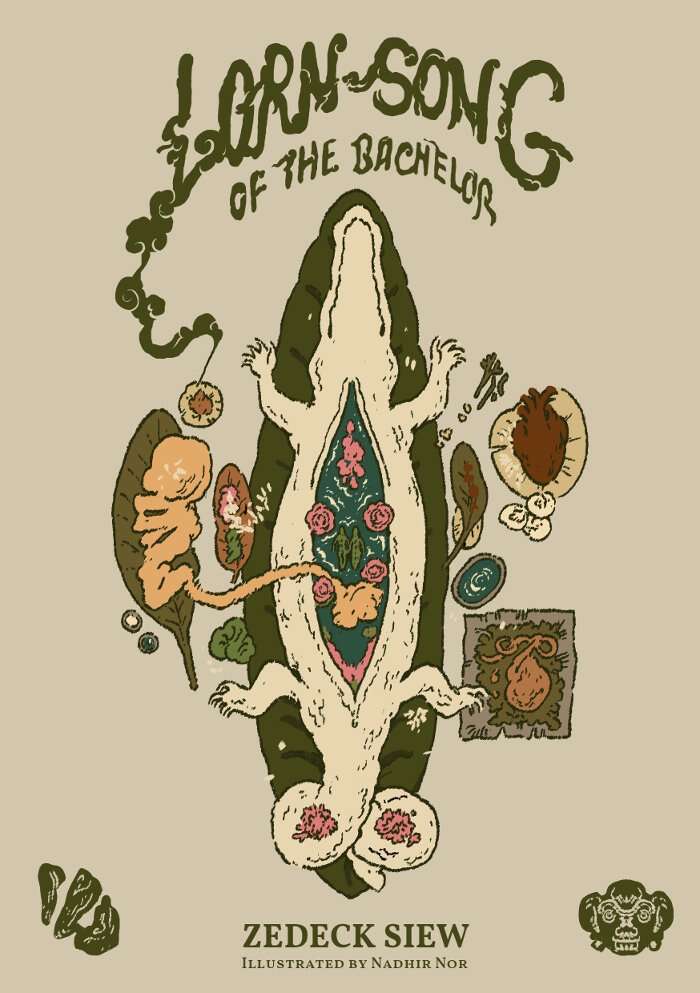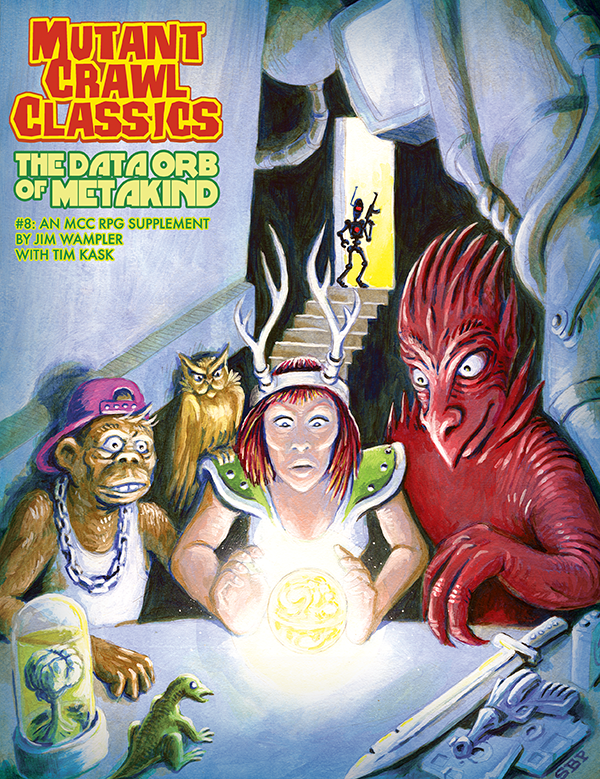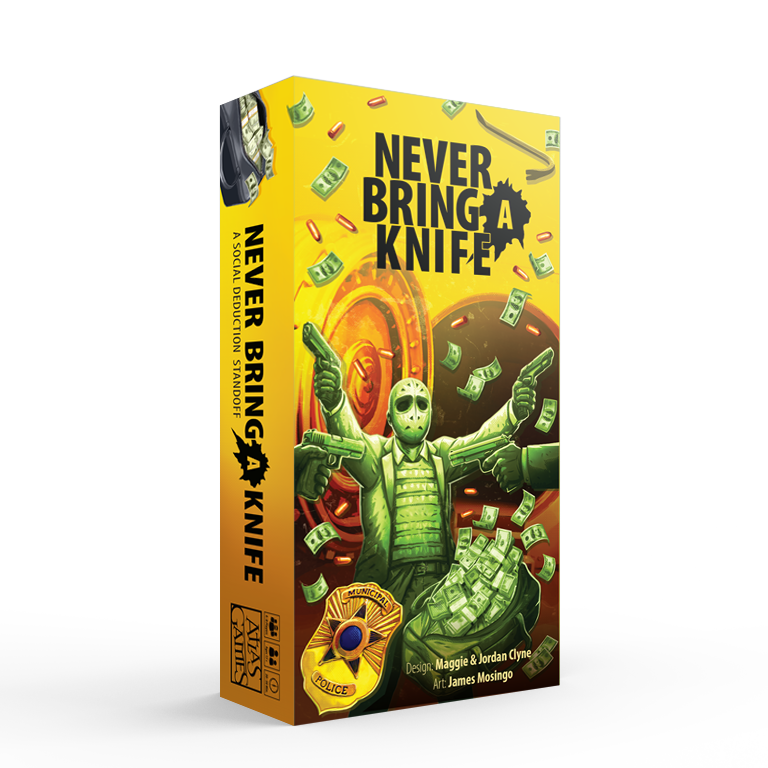A Light Extinguished: A Jumpstart For Scion Second Edition is a quick-start for Scion: Second Edition, the contemporary roleplaying game of modern myth and epic heroism in which not only do the gods walk amongst us, they often have children too. These children, the Scions of the gods, born to the magic of yesterday and the promise of tomorrow, are caught up in a war with the Titans, elder beings who rage against the human world and its wayward gods. As children of the gods, the player characters protect the interests of their parents on Earth whilst protecting humanity against the ravages of the Titans. Like other Jumpstarts from Onyx Path Publishing, A Light Extinguished is designed as an introduction to the setting and the mechanics. It includes an overview of the Storypath system, a three-act scenario, and five pre-generated player characters—or scions.
The Storypath system can be best described as a distillation of the Storyteller system—the mechanics of which date all of the way back to Vampire: The Masquerade—and certainly anyone familiar with the Storyteller system will find that it has a lot in common with the Storypath system, except that the Storypath system is simpler and streamlined, designed for slightly cinematic, effect driven play. The core mechanic uses dice pools of ten-sided dice, typically formed from the combination of a skill and an attribute, for example Pilot and Dexterity to fly a helicopter, Survival and Stamina to cross a wilderness, and Persuasion and Manipulation to unobtrusively get someone to do what a character wants. These skill and attribute combinations are designed to be flexible, the aim being any situation is to score one or more Successes, a Success being a result of eight or more. Rolls of ten are added to the total and a player can roll them again.
To succeed, a player needs to roll at least one Success, and may need to roll more depending upon the Difficulty of the task. Should a character succeed, he can increase the number of Successes with an Enhancement, such as having a fast car in a race or the favour of a particular god or goddess, but he needs to succeed in order to use the Enhancement. Any Successes generated beyond the Difficulty become Threshold Success and represent how well the character has succeeded. These can be spent by the player to buy off Complications, for example, not attracting the attention of the Police in a car chase, or to purchase Stunts. These can cost nothing, for example, the Inflict Damage Stunt, whereas the Disarm Stunt costs two and the Critical Hit Stunt costs four. Characters in Scion: Second Edition often have Stunts due to their birthright, such as Loki, which grants the ability to positively influence someone, but only when the character lies.
Under the Storypath system, and thus in A Light Extinguished, failure is never complete. Rather, if a player does not roll any Successes, then he receives a Consolation. This can be a ‘Twist of Fate’, which reveals an alternative approach or new information; a ‘Chance Meeting’ introduces a new helpful NPC; or an ‘’Unlooked-for Advantage’, an Enhancement which can be used in a future challenge. Alternatively, a character gains Momentum which goes into a collective pot and which can be spent to add extra dice to a dice pool or used to fuel various Knack that the pre-generated characters possess (other options are available in the full rules).
A Light Extinguished: A Jumpstart For Scion Second Edition focuses on three areas of action—Action-Adventure, Procedurals, and Intrigue. The first covers combat and is fairly straightforward. The second handles information gathering, which is divided into two categories. Leads start or continue the plot and so do not have to be rolled for by the players, whereas Clues provide extra information, are more challenging to find, and do require a roll. Intrigue covers social interaction and the reading and shifting of the attitudes of both NPCs and player characters.
The scenario in the Jumpstart is ‘A Light Extinguished’. It is a three act investigative scenario structured around the three areas of action—first Procedurals, then Intrigue, and lastly, Action-Adventure. In the first act, the player characters will investigate the crime scene, in the second they interrogate the witnesses, and in the third, they confront the culprit. It opens with the news of the murder of Bai Amari, the Luminary, the beloved Scion of Ra. Although the mortals are already investigating via the Supernatural Crimes Unit, the various parents of the player characters want to know more and send them to aid the detectives already on the case. Someone very powerful—or with powerful backing—must have carried out the deed and the gods are concerned that the unfortunate death is another omen hinting at the rise of the Titans and the coming war.
The three acts are neatly organised and presented for ease of play and very much to showcase the three areas of action. There is advice for helping new players too, such as using the NPCs to help with the investigation, and the set-up scenes for each of the pre-generated characters are nicely personalised. If there is an issue with the scenario it is that as written the Storyteller learns the truth of the plot at the same time as the players and their characters. There is no explanation as to who or why until the third act and the confrontation. Essentially, there is no real overview of what is going on, and this lack of overview is a problem throughout the Jumpstart.
A Light Extinguished: A Jumpstart For Scion Second Edition comes with five pre-generated Scions. They include a gifted surgeon, the son of Loki, who works as a cab driver; a resilient huntress and archer, also the daughter of Loki; a scientist who is also a crack shot, the daughter of Agni; a tough firefighter and Emergency Medical Technician, the daughter of Brigid; and a rich wheeler dealer who prefers to talk rather than fight, the son of Xiuhtechutli. All come with backgrounds, playing tips, knacks, boons, and birthrights. Although each of these is explained individually, again there is no overview of how these works, which really leaves the Storyteller and his players to muddle through to some extent.
Physically, A Light Extinguished: A Jumpstart For Scion Second Edition is nicely presented. Everything is in full colour, the artwork is decent, and the layout neat and tidy. Unfortunately, there is a sense that it has been put together from parts rather than written from beginning to end, so there is a slightly rushed feeling to it and a lack of explanations in certain places. So not every aspect of the character is covered, the plot is not fully explained without the Storyteller reading through the whole thing, and the rules do feel out of order in places. What this means is that the Storyteller will need to thoroughly prepare ‘A Light Extinguished’ before she runs it, not only to grasp the plot, but also the rules so that she can explain them to her players. Since she will probably need to prepare separate sheets for each player character to explain their knacks, boons, and birthrights, an explanation of the rules would also be useful.
A Light Extinguished: A Jumpstart For Scion Second Edition should provide sufficient roleplaying and action for the group of five pre-generated Scions for a single long session or two or three shorter ones. It is not the easiest of jumpstarts to run or set-up, primarily because it does not give enough of an overview—in terms of the rules and the plot—to really help either the Storyteller or her players. This does not mean that the Storyteller cannot run ‘A Light Extinguished’, but some preparation is required and having access to Scion: Second Edition may prove useful. Once past these issues and with a little effort, A Light Extinguished: A Jumpstart For Scion Second Edition is a serviceable introduction to the roleplaying game demigods and mythic action in a contemporary setting.











